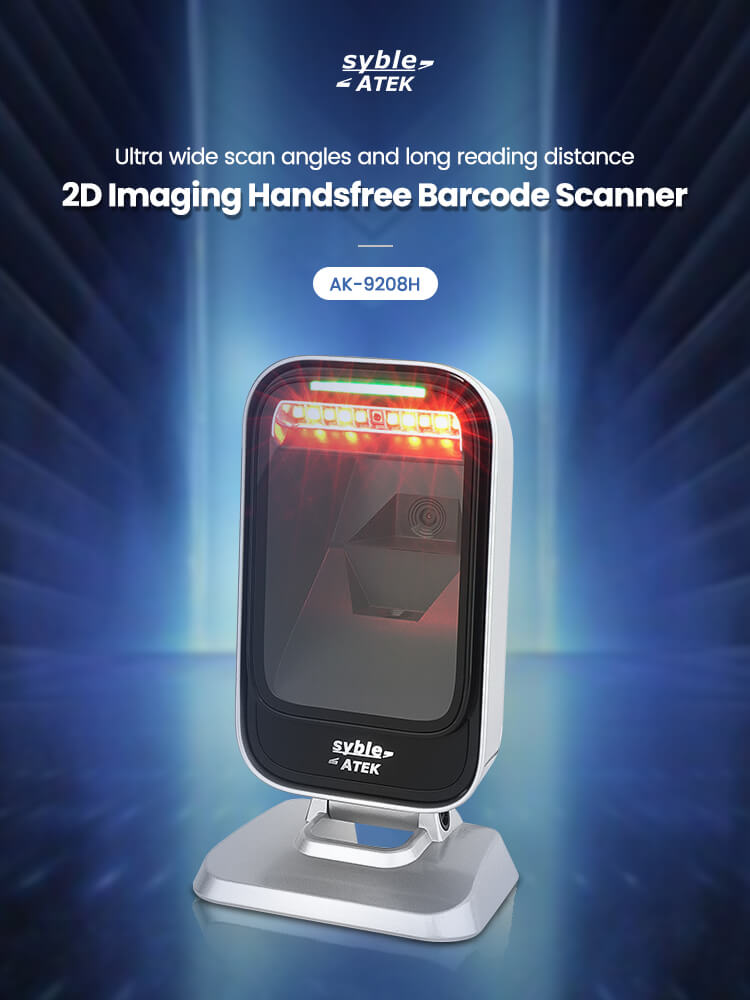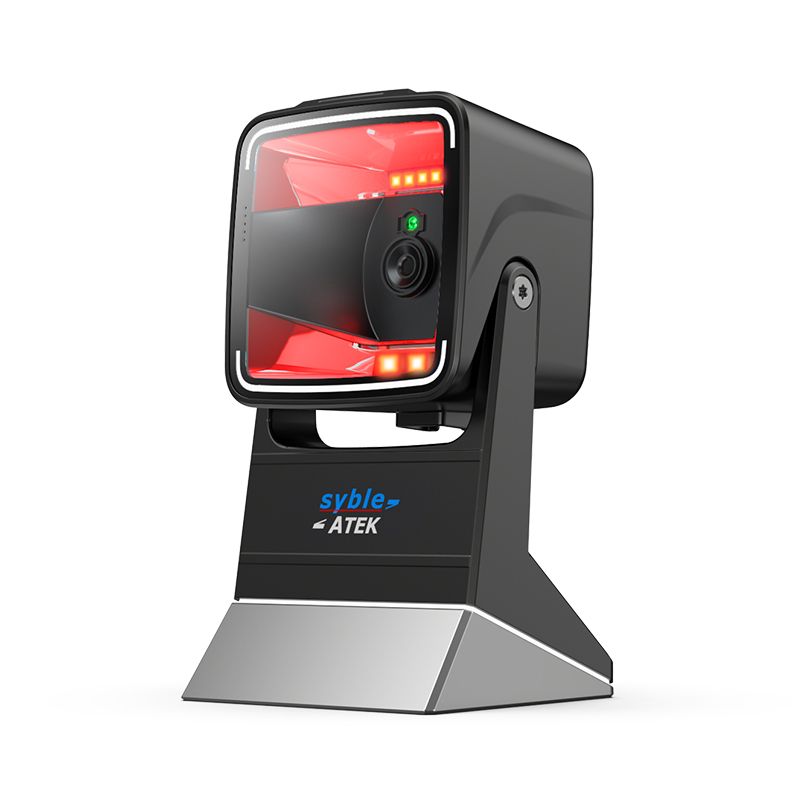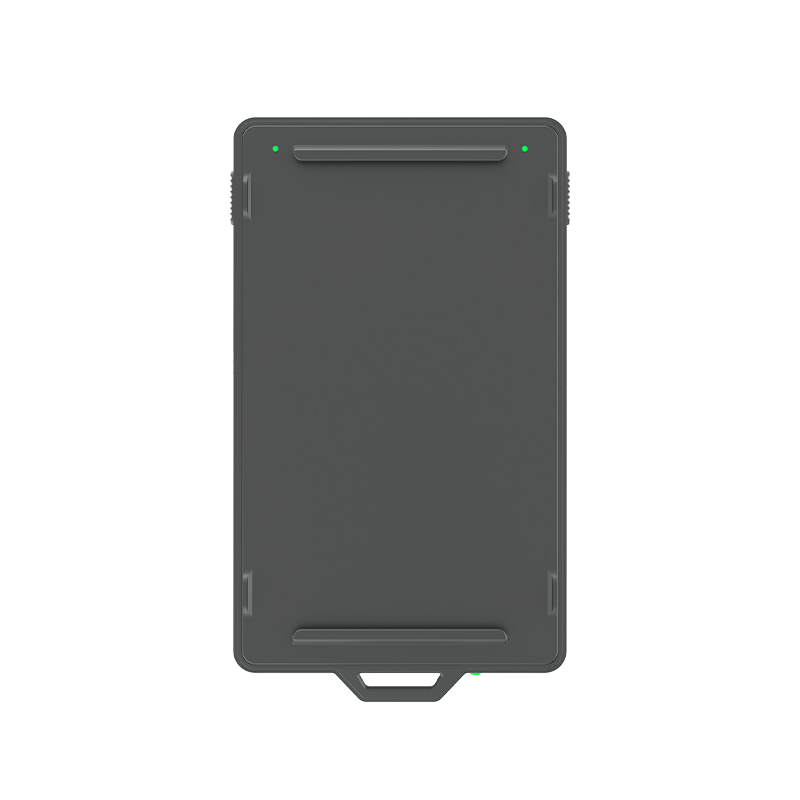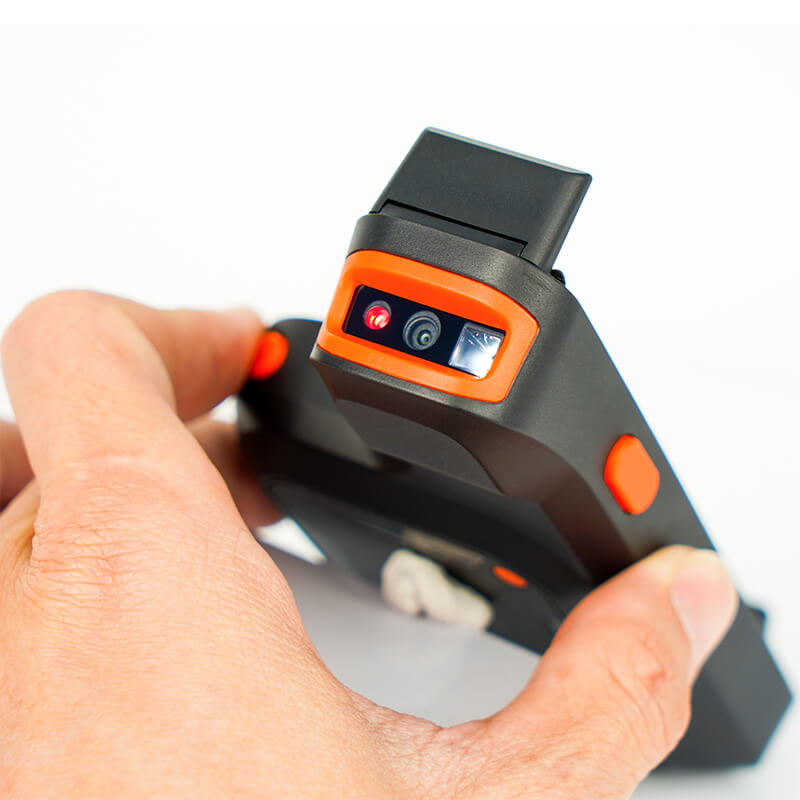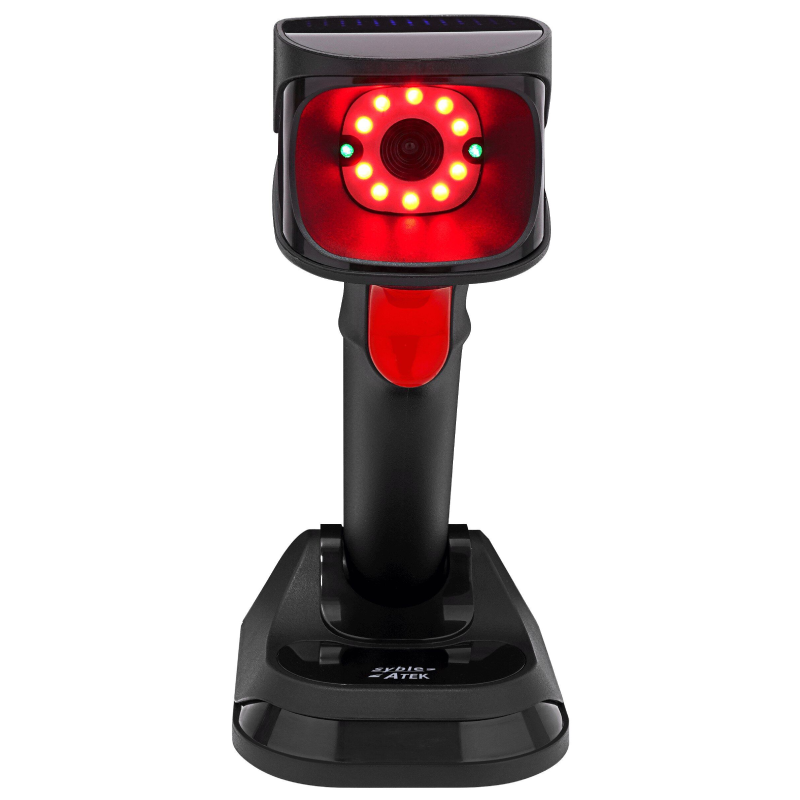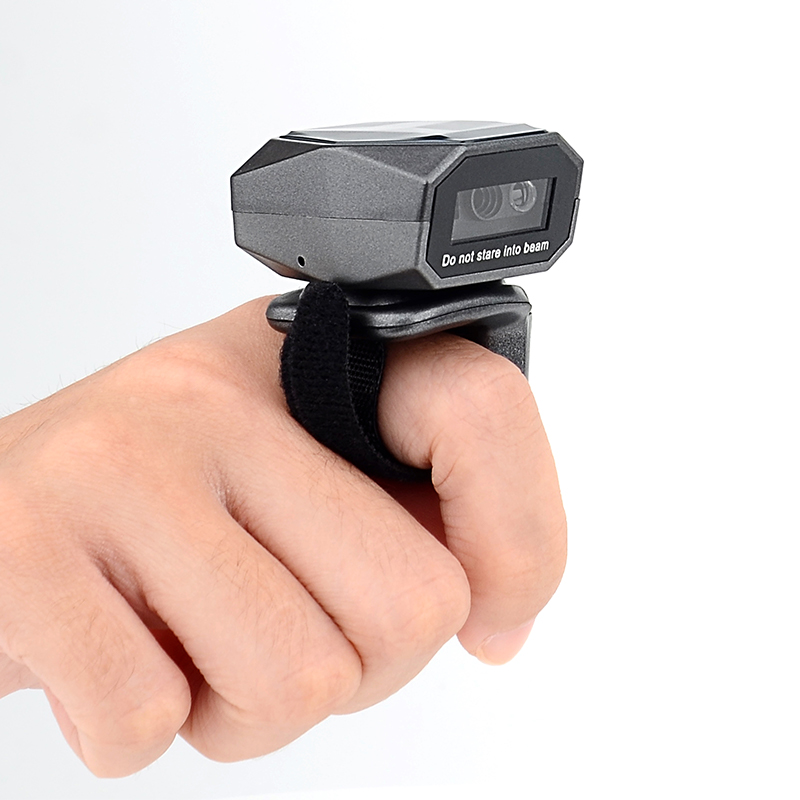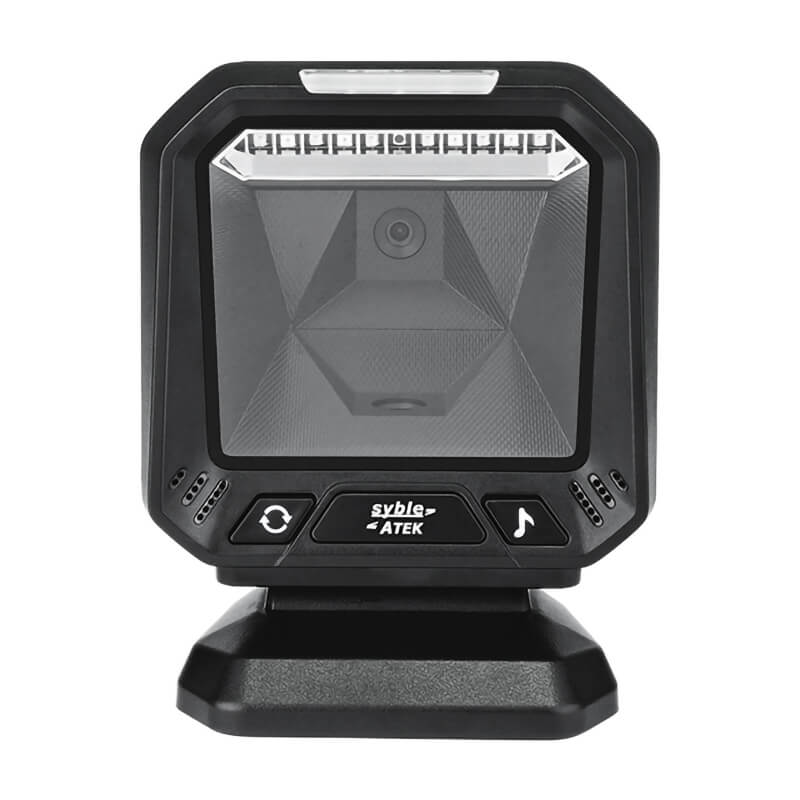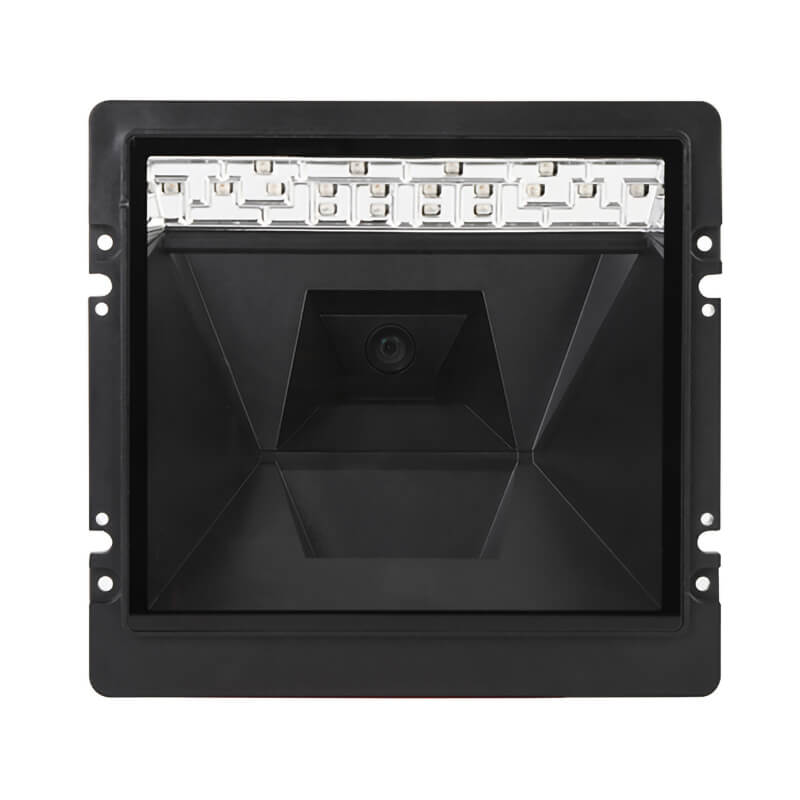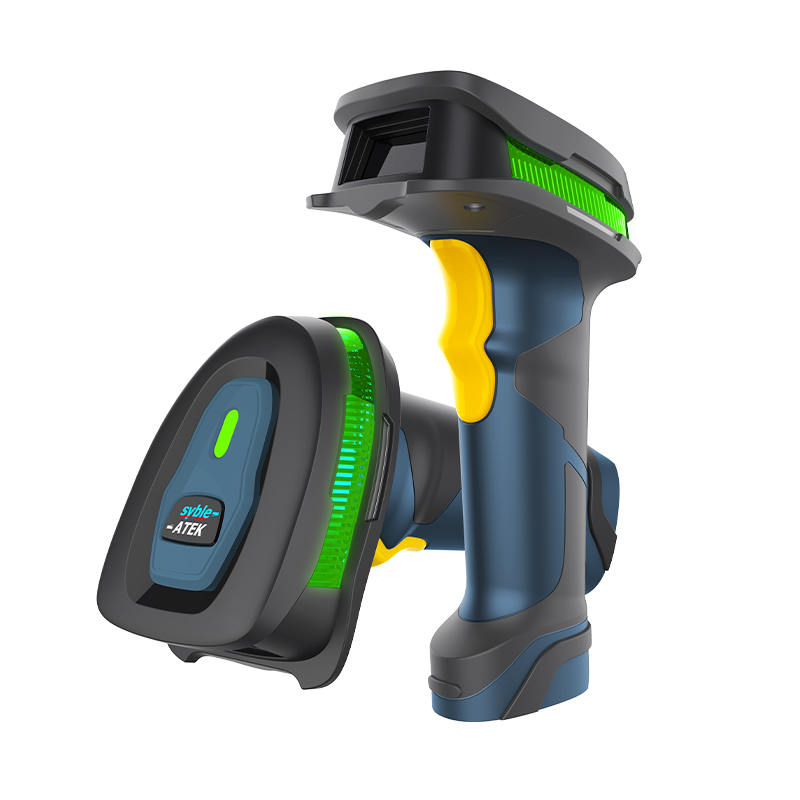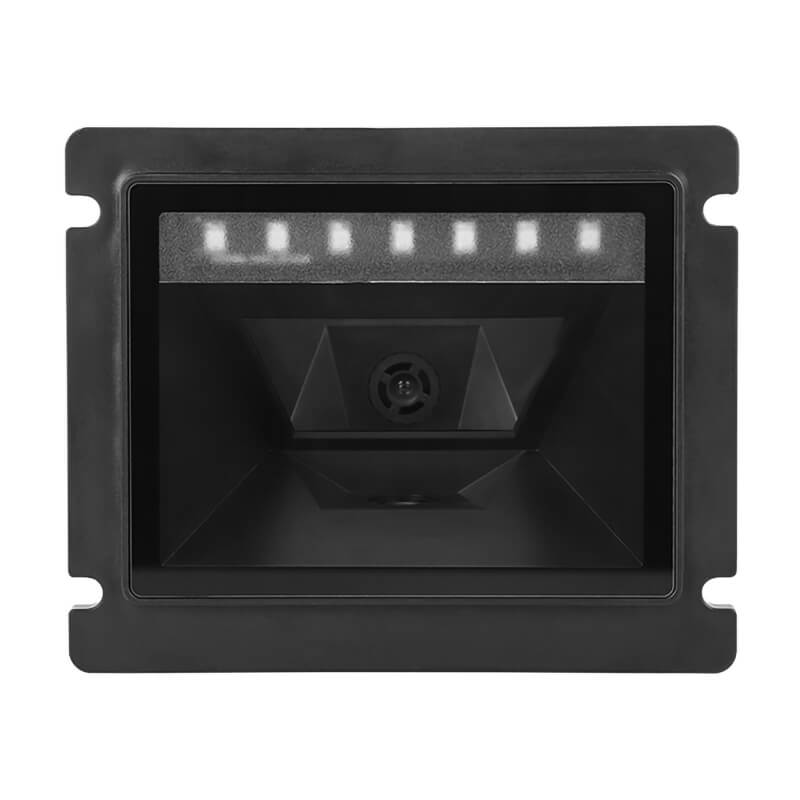Barcode scanners play a critical role in the pharmaceutical industry by enhancing efficiency, accuracy, and security. These devices help streamline various processes, from inventory management to patient safety. Below are key applications of barcode scanners in the pharmaceutical industry:
1. Inventory Management
Role: Scanners are used to track and manage pharmaceutical inventory, ensuring that medications are properly stored, counted, and categorized.
Benefits: Scanning barcodes on drug bottles or packages helps maintain real-time visibility of stock levels, prevent stockouts, and reduce overstocking, which improves supply chain efficiency.
Example: A pharmacy can use barcode scanners to automatically update inventory in their system when medications are received, sold, or dispensed.
2. Medication Dispensing and Patient Safety
Role: Barcode scanners are used in hospitals and pharmacies to verify that the right medication is given to the right patient.
Benefits: By scanning the barcode on the medication and comparing it with the patient's ID, healthcare providers can prevent medication errors, ensuring patient safety.
Example: When a nurse administers medication, they scan both the patient's wristband and the medication label, allowing the system to confirm that the correct medication and dosage are being administered.
3. Prescription Verification
Role: Scanners are used to verify prescriptions to ensure they match the corresponding medication.
Benefits: This reduces errors in medication dispensing, ensuring that the correct medication and dosage are given to patients.
Example: Pharmacists can scan the barcode on a prescription to confirm that the prescribed drug matches the medication that is being dispensed.
4. Traceability and Compliance
Role: Barcode scanners facilitate the traceability of pharmaceutical products from manufacturing to distribution and final sale.
Benefits: Scanning barcodes helps pharmaceutical companies comply with regulatory requirements for tracking and tracing drug products, particularly for recall management or monitoring controlled substances.
Example: In case of a drug recall, scanning barcodes enables rapid identification of affected batches, minimizing the impact on patients and preventing further distribution of defective products.
5. Batch Tracking and Expiry Date Monitoring
Role: Scanners are used to track batch numbers and expiration dates of pharmaceutical products.
Benefits: Ensuring that expired or near-expiry medications are not dispensed helps reduce waste and ensures patient safety.
Example: Pharmacies use barcode scanners to automatically check the expiry dates of drugs during the stocktaking process, reducing the risk of distributing expired medications.
6. Clinical Trials and Research
Role: In clinical trials, barcode scanners are used to track drugs, patient samples, and trial documentation.
Benefits: Barcode technology enhances the accuracy and traceability of clinical trial processes, ensuring compliance with regulatory standards.
Example: Scanning barcodes on trial medications and patient records enables real-time data capture for analysis and ensures that patient consent and sample collection are properly documented.
7. Patient Medication History
Role: Scanners are used to track patients' medication histories.
Benefits: By scanning medications dispensed to patients, healthcare providers can build comprehensive medication records to ensure no duplication or dangerous drug interactions.
Example: Scanning a patient's medication before dispensing ensures that it aligns with the patient's medical history, preventing potential adverse reactions.
Conclusion
Barcode scanners are integral tools in the pharmaceutical industry, enhancing accuracy, efficiency, and safety across various processes. From managing inventory to ensuring patient safety, these devices provide essential functionality that supports regulatory compliance and improves overall operational performance.

